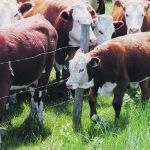Reducing stress on cattle should take pressure off the treatments for respiratory disease. Less stress results in less shrink, so cattle performance may improve, but it also reduces morbidity and mortality due to disease. Cattle will do better if we can calm them down at the stressful times of their lives, such as weaning, showing […] Read more
Tag Archives Roy Lewis
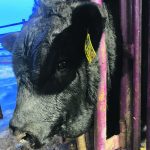
Swelling under the jaw in cattle requires close attention
I recently dealt with a bovine case of swelling under the jaw, and it wasn’t what I expected. As a result, I would like to go through several things to look for when dealing with cases like this. Don’t assume anything. Look closely for clues and remember that treatment may be different in each case. […] Read more

Tick trouble calls for proper treatment
Ticks seem to be expanding their territory in North America and are trending north. Animal movement facilitates this but climate change and adaptation may play a role. With ticks comes fear of potential diseases they may carry. Then there is blood loss, irritation, and performance losses in cattle if numbers get too high. Most ticks […] Read more

When to butcher a downer animal not an easy decision
There are many decisions in either feedlot, cow-calf or backgrounder situations where timely decisions have to be made regarding whether to treat, harvest or euthanize. I am hoping this article, by citing a few examples, may make this clearer. Producers don’t need to make these decisions alone. Modern communications such as cellphone cameras, videos in […] Read more
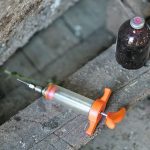
Producers should ask their vets about new medications
With global supply issues, manufacturing issues and transportation or distribution issues, the words “back order” can strike fear in the hearts of producers and veterinarians. The bigger a herd becomes, the more critical that veterinary product shortages become, so it’s critical to keep potential solutions in mind. Keeping an open line of communication with the […] Read more
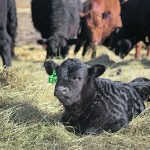
Survey participation has long-term benefits for industry
I encourage all producers to share their knowledge with cattle associations, researchers and related professional organizations because positive results are eventually returned. Accurate data going in leads to accurate data coming out. We may be inundated with surveys and questionnaires from industry groups but their ultimate goal is to gather information that will inform producers […] Read more
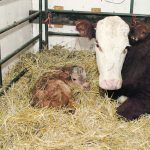
Monitoring first weeks of life will help ensure calf health
Paying close attention to calf health in the first week of life will decrease mortality and increase growth and returns to cow-calf producers. When we think about prevention of calf mortality, three main things come to mind, and I hope this review will eliminate the need for more calf treatments. For scours, the biggest factor […] Read more
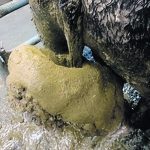
Frozen tails major health issue when weather turns cold
This last cold snap has tested everything, including the power grid and the ability of watering bowls and anything with water in it to not freeze up. It has also tested the resiliency of our cattle, especially newborn calves. They’re usually fine, as long as they have adequate bedding and potentially an area to be […] Read more
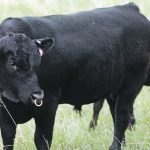
Evaluate semen as close as possible to breeding season
Many bulls are bought early in the year when most bull sales are held from February to April. For earlier sales, those occurring in December or January, purebred producers usually have semen evaluations carried out before bulls are delivered or picked up at the farm. When is the gap too big between when a semen […] Read more

Foot-and-mouth disease prevention is a group effort
Much work has been done on how to prevent and manage animal disease outbreaks. The Animal Health Emergency Management Project has developed strategies, and Alberta Beef Producers released a handbook in 2018. A foreign animal disease outbreak such as foot-and-mouth disease (FMD) or African swine fever could be particularly devastating. This article will focus on […] Read more

